Increasing Health Consciousness
The Food Enzymes Market is experiencing a notable shift driven by rising health consciousness among consumers. As individuals become more aware of the nutritional value of their food, there is a growing demand for products that enhance digestion and nutrient absorption. Enzymes play a crucial role in breaking down food components, thereby improving overall health. This trend is reflected in market data, which indicates that the demand for digestive enzymes is projected to grow at a compound annual growth rate of approximately 7% over the next five years. Consequently, manufacturers are increasingly incorporating enzymes into their products to cater to this health-oriented consumer base, thereby expanding their market presence.
Rising Popularity of Functional Foods
The Food Enzymes Market is benefiting from the rising popularity of functional foods, which are designed to provide health benefits beyond basic nutrition. Consumers are increasingly seeking foods that offer specific health advantages, such as improved digestion and enhanced immune function. Enzymes are integral to the formulation of these products, as they can enhance bioavailability and efficacy. Market analysis suggests that the functional food segment is expected to grow at a compound annual growth rate of approximately 8% in the coming years. This trend presents a lucrative opportunity for enzyme manufacturers to develop specialized products that cater to the evolving preferences of health-conscious consumers.
Sustainability Trends in Food Production
The Food Enzymes Market is also being shaped by sustainability trends in food production. As environmental concerns gain prominence, food manufacturers are increasingly adopting sustainable practices, which include the use of enzymes to reduce waste and improve resource efficiency. Enzymes can facilitate processes that minimize energy consumption and enhance the yield of food products. This shift towards sustainability is reflected in market data, indicating that the demand for eco-friendly food production methods is on the rise. Consequently, enzyme producers are likely to focus on developing innovative solutions that align with these sustainability goals, thereby enhancing their competitive edge in the market.
Expansion of the Food Processing Industry
The Food Enzymes Market is significantly influenced by the expansion of the food processing sector. As food manufacturers seek to improve efficiency and product quality, enzymes are being utilized to enhance various processes, such as fermentation, clarification, and preservation. The food processing industry is projected to grow at a rate of around 5% annually, which in turn drives the demand for food enzymes. This growth is attributed to the increasing need for processed foods that meet consumer preferences for convenience and quality. As a result, enzyme suppliers are likely to see increased opportunities for collaboration with food processors, thereby fostering innovation and product development.
Regulatory Support for Enzyme Applications
The Food Enzymes Market is positively impacted by regulatory support for enzyme applications in food production. Governments and regulatory bodies are increasingly recognizing the benefits of enzymes in enhancing food safety, quality, and nutritional value. This support is evident in the establishment of guidelines and standards that facilitate the approval and use of food enzymes in various applications. As a result, manufacturers are more inclined to incorporate enzymes into their products, knowing that they are backed by regulatory frameworks. This trend is likely to bolster the growth of the food enzymes market, as it encourages innovation and the development of new enzyme-based solutions that meet consumer demands.
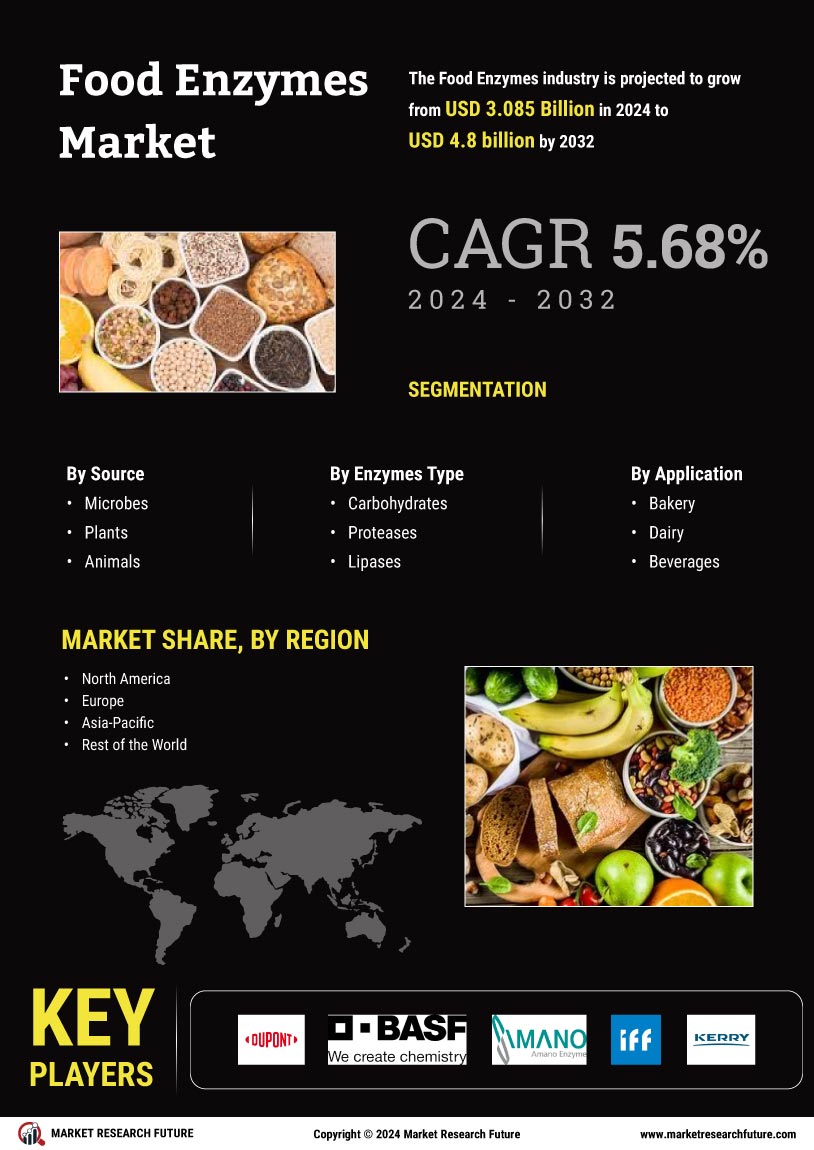


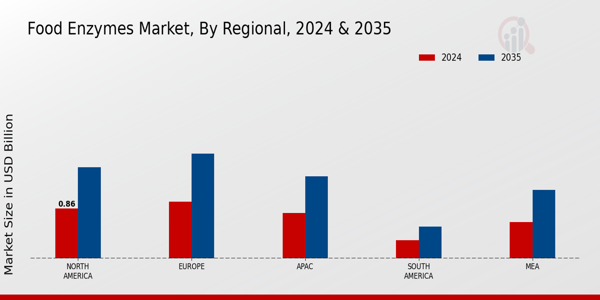
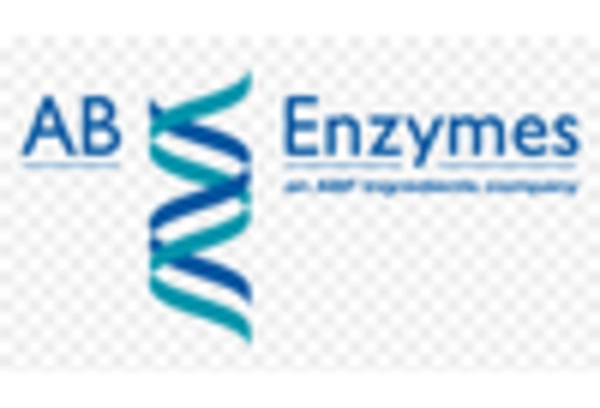

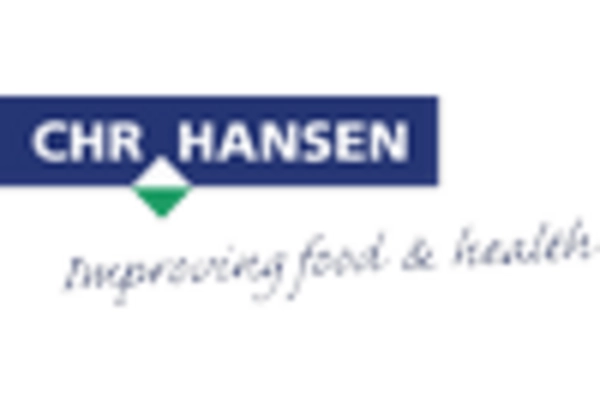
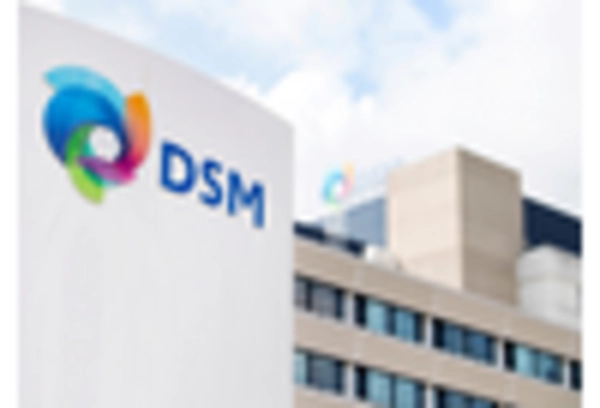










Leave a Comment